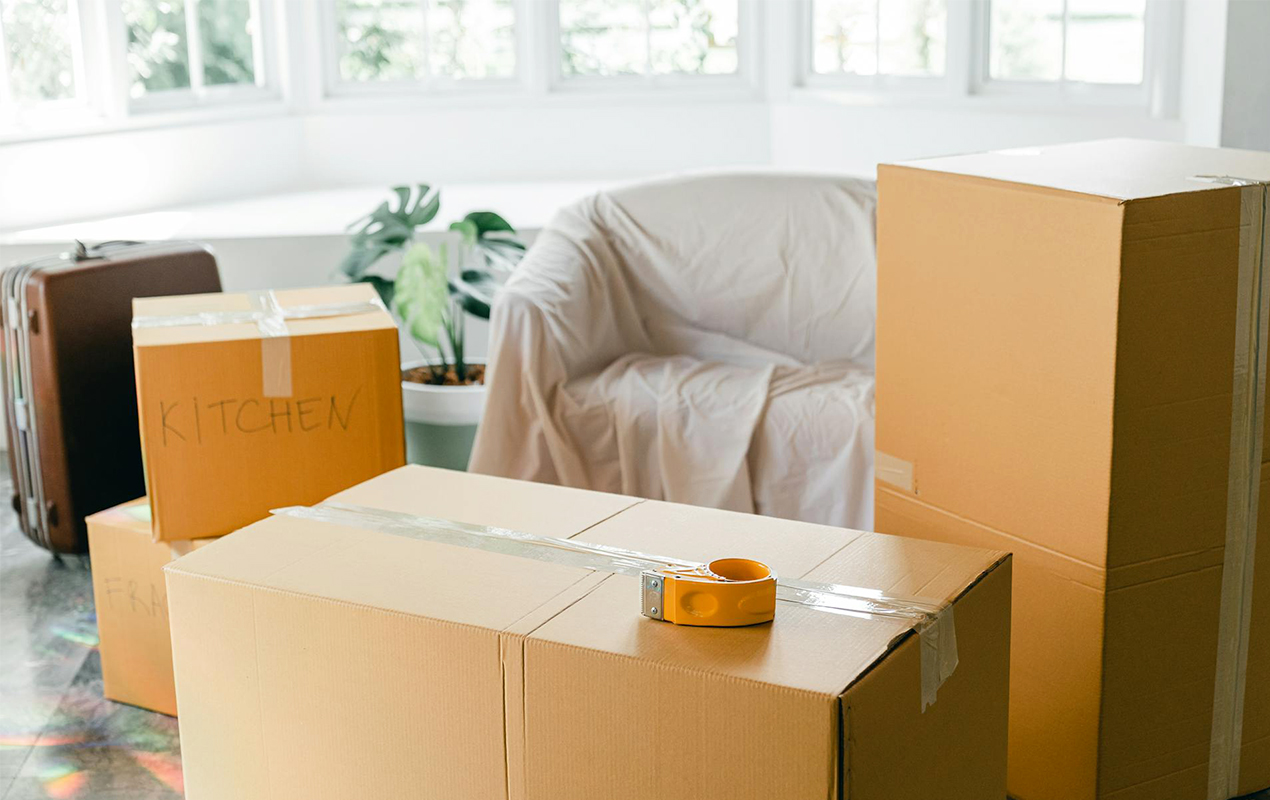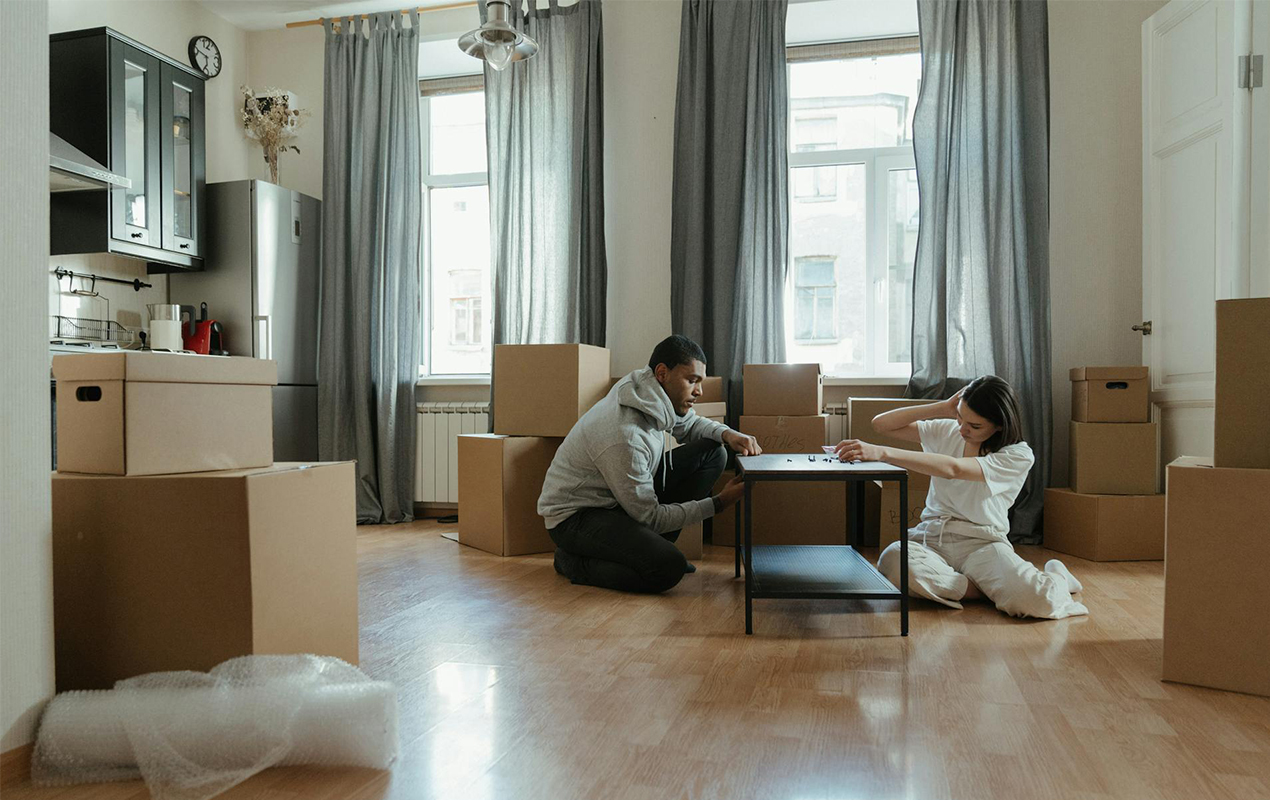Rustic Home Decor Ideas to Complete Your Humble Home
The rustic home decor trend is as popular in 2022 as it ever …

Moving is stressful, especially when keeping your furniture in perfect condition. Scratches, dents, and other damage can happen during packing, loading, or transport without the right precautions. Heavy pieces can get scuffed, delicate surfaces may crack, and improper handling can cause lasting damage. Fortunately, with the right strategies, you can protect your furniture and keep it looking brand new. This guide will walk you through essential packing materials, safe lifting techniques, and expert tips to move without ruining your furniture and ensure it stays in top shape.
High-quality packing materials are essential for preventing damage. So investing in the right supplies is smart, as they’ll protect your furniture from scratches, cracks, and dust. Here are some must-have materials to use when you want to move without ruining your furniture:
Having enough packing materials is just as important as choosing the right ones. Before you start, estimate the amount needed based on the size and type of furniture. Larger pieces require more blankets and padding, while delicate items need extra layers of protection.
Of course, different materials work best for various types of furniture. Wooden surfaces should be wrapped in moving blankets instead of plastic to prevent moisture buildup, while glass components need bubble wrap for cushioning.
For example, a coffee table in various shapes and sizes may need both corner protectors and a layer of bubble wrap around the legs for full protection. Having these materials ready before the move makes the packing process much smoother.
Taking apart large furniture makes moving safer and prevents unnecessary strain. Items like beds, tables, and shelving units should be disassembled before loading.
Here’s how to do it right:
Breaking down furniture into smaller pieces makes transporting it easier while reducing the risk of damage.
Different types of furniture require specific protection to prevent damage during a move. Wood surfaces can scratch or warp, while upholstered pieces can collect dust, dirt, or moisture if not packed correctly. However, using the right packing techniques—like those used by professionals at Daryl Flood Movers—ensures that wood and upholstered furniture stay in top condition throughout the move.
Wood is prone to scratches and moisture damage. To keep it safe:
However, fabric-covered furniture requires different care, as it will most likely get stained, torn, or misshaped during the move. To keep it clean and undamaged:
Improper lifting and loading can lead to serious damage. For instance, packing your cozy, relaxing bedroom requires extra care with heavy bed frames and delicate nightstands to avoid scratches or broken parts.
But, here are the best practices to protect your furniture and prevent injuries.
Handling furniture carefully reduces the risk of breakage and ensures a smoother move.
Moving furniture is one challenge—putting it back together correctly is another. If pieces aren’t reassembled properly, they can become unstable or wobbly or even break over time. Missing screws, misaligned parts, and improper tightening can weaken the structure, leading to long-term damage.
Many homeowners rely on experts to handle furniture assembly to avoid frustration and potential damage. Professional services ensure each piece is put back together safely and securely. Skilled movers know how to reattach legs, tighten joints, and align pieces correctly, preventing costly mistakes.
Hiring professionals also saves time and effort. Large or complex furniture, such as bed frames and shelving units, can be difficult to assemble without the right tools and experience. A professional team ensures everything is sturdy, functional, and positioned exactly where you want it.
Investing in expert help means settling into your new home without worrying about unstable or improperly assembled furniture.

Photo by Cottonbro Studio from Pexels
Once your furniture is in place, inspect each piece for any signs of damage. Even with careful packing and handling, small scratches, dents, or loose parts can occur. Addressing these issues early helps maintain the longevity of your furniture.
From cleaning wood coffee tables to vacuuming upholstered chairs, a little post-move care ensures everything looks fresh and ready for use. Here are a few steps to keep your furniture in top condition:
A quick inspection and some basic care will keep your furniture looking brand new in your new home.
Moving doesn’t have to result in damaged furniture. You can move without ruining your furniture with proper packing, careful handling, and professional reassembly. Planning and using the right techniques will keep your pieces in top condition, allowing you to settle in comfortably without worrying about scratches, dents, or broken parts.